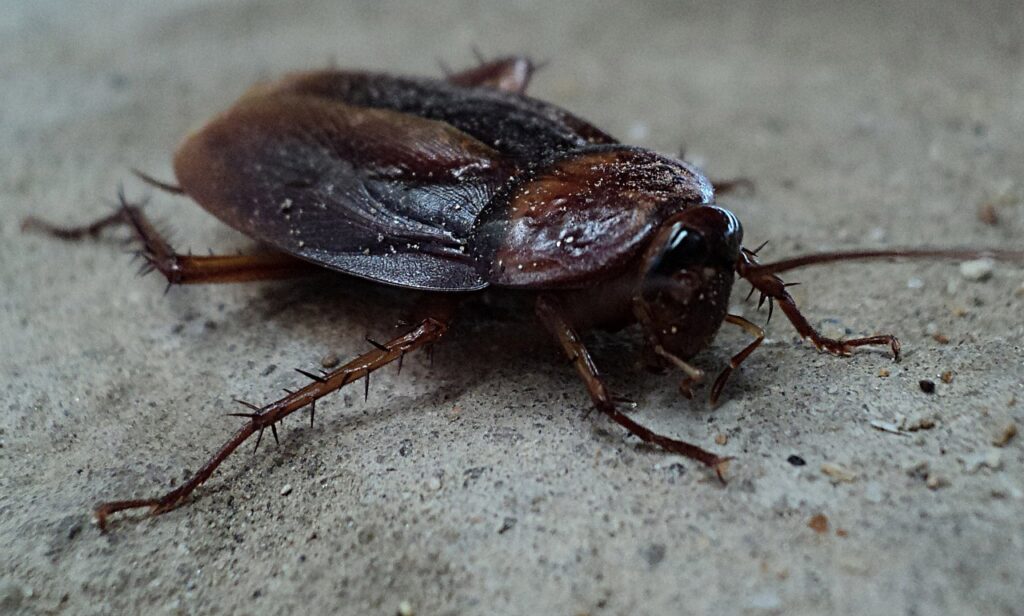Some animals have multiple hearts. The multiple hearts are used for different purposes. Some animals have special features and use their hearts to pump blood to different parts of their bodies. An animal such as a cuttlefish has three hearts. One blood will pump blood to the different parts of the body, and the two hearts will pump blood to the gills to make the animals get enough oxygenated blood.
The animal kingdom has several animals that have evolved to have several features as a way of surviving. The animals have grown to adopt different features that make them stand out.
An animal such as a cockroach is known to survive in harsh conditions. It has multiple hearts, making it possible to survive in extreme conditions. Here are some of the animals with multiple hearts:
1. Earthworms
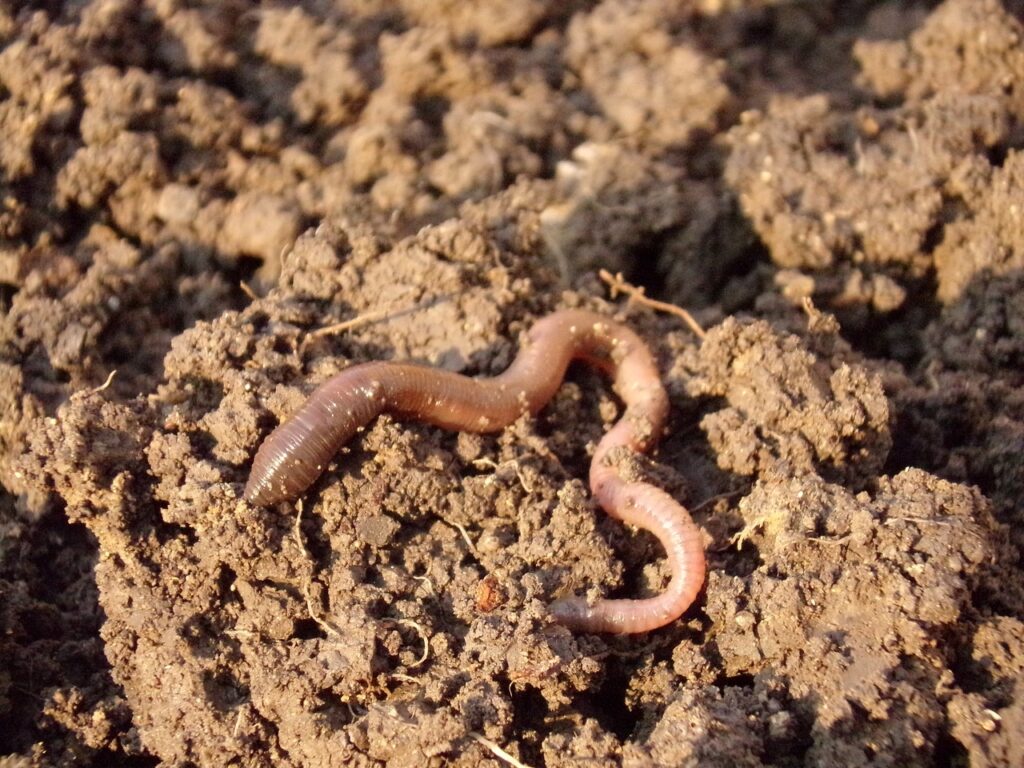
The animals have five hearts. They are known as effective decomposers. They are found in different places across the world. They can stay in different places where there is dirt. They are primitive animals, but they have developed to have up to five earth to survive in harsh conditions.
They are small, but some species are big. They are small animals that are well adapted to breaking down the soil
The giant earthworms can grow up to ten feet. The earthworms are good on the farm because they play a great role in improving soil fertility. A place with a lot of earthworms ensures the soil is rich in nutrients.
People who stay in places with a lot of earthworms tend to enjoy a good harvest because they will break down microorganisms in the soil and contribute to healthy plants. Earthworms are very resilient. They can stay in the soil and contribute to the formation of manure. The scientific name of earthworms is Opisothpora.
2. Hagfish

The Scientific name of hagfish is Myxini. They have four hearts. The animals are known for producing a lot of slimes.
They also have several hearts. One of the hearts functions as the main pump in the circulatory system, and the other three work to supplement the main heart. Hagfish are known to stay in the water with low oxygen concentration. The heart is adapted to pump the blood for up to 36 hours without stopping.
They are available in places such as the Pacific and Atlantic oceans. They have few natural predators. Their lifespan is big because they have limited natural predators that can affect their population. They are considered jawless fish.
Their ability to stay in oxygen-deprived water makes them face few predators. The heart can keep pumping blood for up to 36 hours without oxygen. They are among the few well-adapted animals that can survive in low oxygen waters and still survive.
3. Octopus
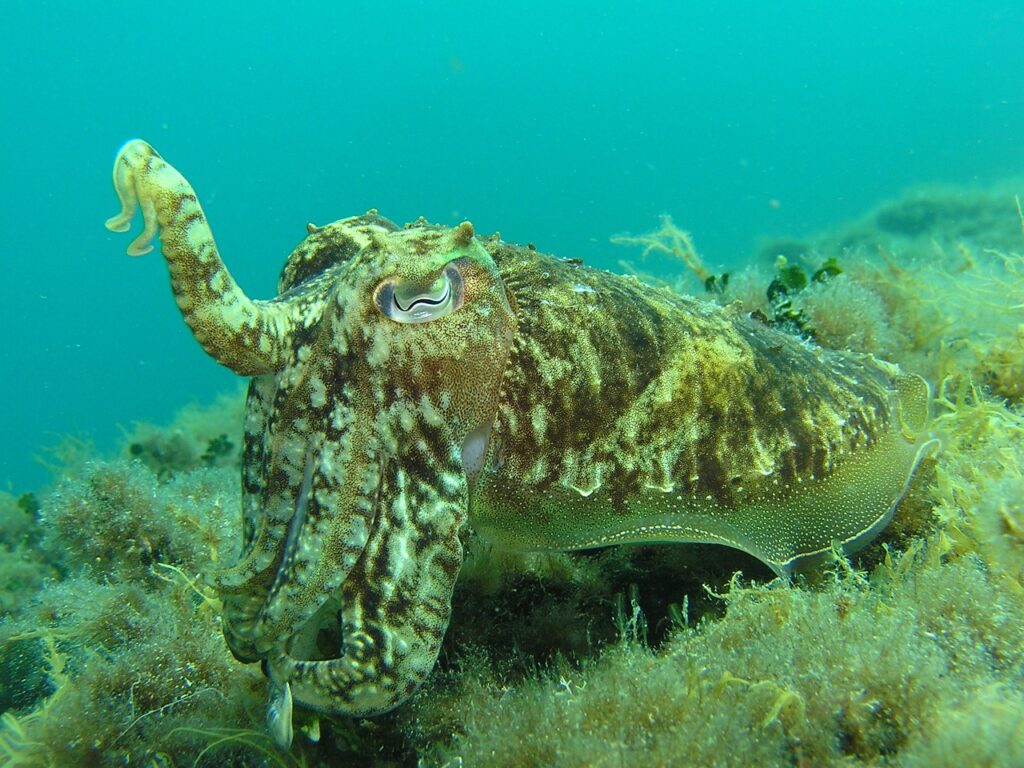
The Scientific name is Octopoda. It is an animal with three hearts. There are several species of octopuses. All the species have three hearts. One of the hearts is tasked with pumping blood throughout the body system, and one is tasked with pumping blood to the gills. Octopuses are spread in different oceans.
They are well adapted to stay in different depths. Some octopuses can stay in the deep abyss, and others hang around the small tidal pools.
The octopuses are highly effective in changing their shape and color to hide from predators. Research indicates that octopuses are very intelligent and can use tools. There are several types of octopuses that have been adapted to different surroundings.
4. Squid
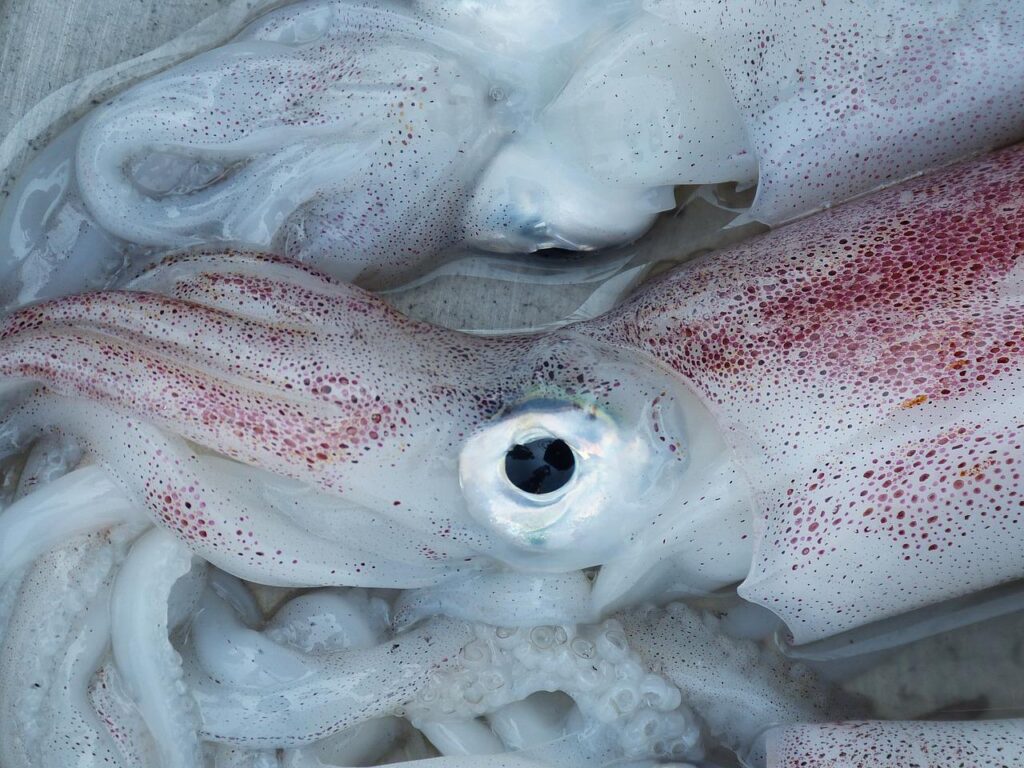
The Scientific name is Decapodiformes. They have three hearts. Squids are available in different sizes and species. Research indicates that there are more than one hundred species of squids. The main heart pumps blood throughout the body, and the rest two are used to pump blood to the gills.
They are well adapted to stay in different parts of the ocean. They are known to stay in dark waters.
The giant squid lives to reach enormous sizes and stays in deep dark waters. The colossal squid is among the largest animals on the heart with multiple hearts. Like the other species of squids, it is adapted to pump blood to different body parts.
The well-specialized hearts in the giant squid make it possible for it to stay in deep and dark waters.
5. Cuttlefish

The Scientific Name is Sepiida. The creature has three hearts. It is a close relative of the squid and octopus. The main heart pumps blood throughout the body, and the rest two are used to pump blood to the gills.
The sea creatures are well adapted to stay in different parts of the world. They can be found spread in different parts of the ocean. There are several spaces of cuttlefish that are well adapted to stay in different parts of the ocean.
The largest species of cuttlefish is found in Australia. Many cephalopods are intelligent. The cuttlefish is among the most intelligent creatures. They are among the most intelligent creatures among the invertebrates.
6. Cockroaches
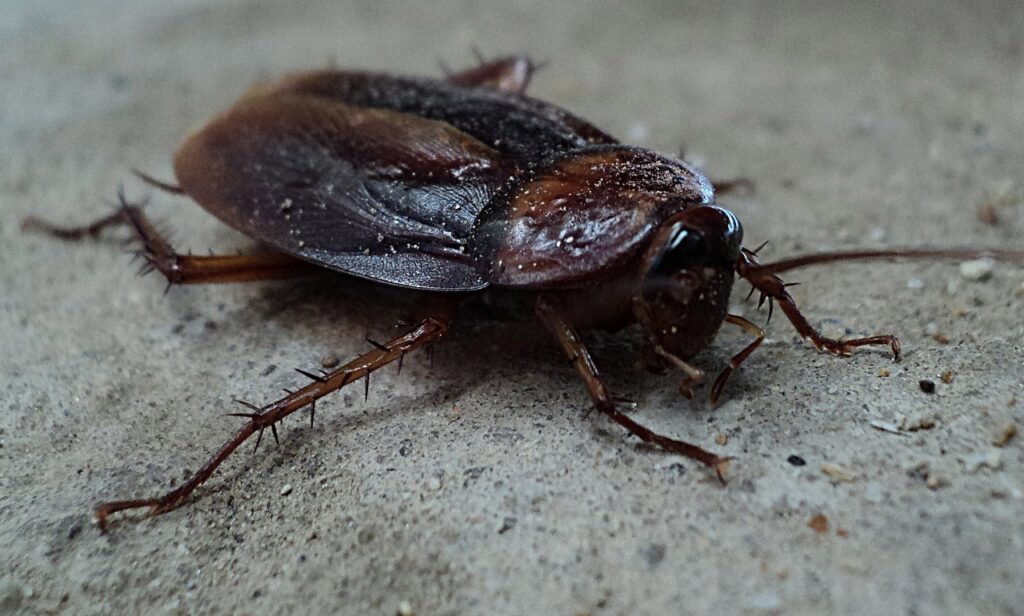
The Scientific Name is Blattidae. Cockroaches are known to have 13 hearts. They can thrive in harsh conditions thanks to the multiple hearts they have. They can survive even after being exposed to severe injuries. The 13 heaters form 13 chambers. They are lined up and support each other in pumping blood from one section to the other.
The linear arrangement of their hearts makes them very resilient. They are known to stay in places with extreme conditions. It is very hard for the bugs to die. They can stay in any location on earth. Cockroaches are widespread in different parts of the world.
They are among stubborn household pests that people struggle to deal with.
The animals with multiple hearts are known to survive in different parts of the world. They are resilient animals that have been proven to be very resilient. The development of different hearts in the animals makes them well adapted to deal with various issues they can face.

